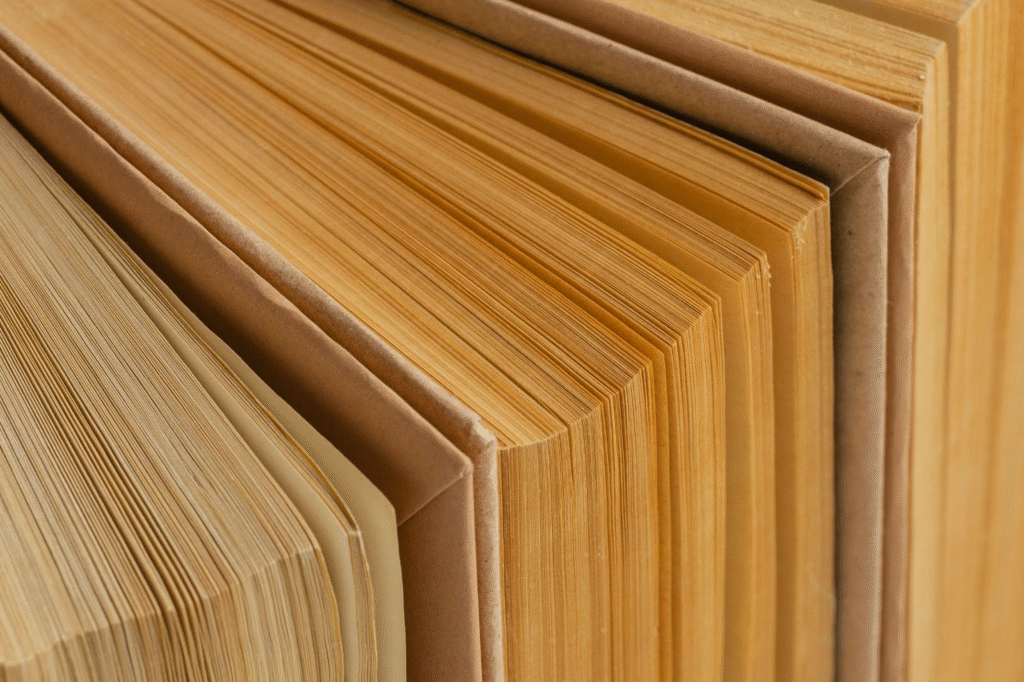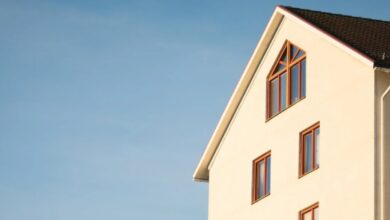Introduction
CDX plywood is perhaps the most common and familiar type of plywood used in building construction. It’s best known for its strength, durability, and affordability. If you’re constructing a shed, subfloor, wall, or roofing assembly, is probably the first product that pops into your mind. Here, we’ll discuss what plywood is, its production process, where to apply it, and why it could be the ideal material for your next project.
What Is CDX Plywood?
CDX is engineered wood sheeting constructed from layers (or “plies”) of softwood veneers bonded together. The name “CDX” is used to describe the quality of the plywood:
- C and D indicate the grade of the veneer on the front and back faces, respectively. “C” is superior to “D” and contains fewer defects.
- X represents exposure, or that the plywood is glued with exterior-grade glue that will endure moisture for short durations.
Such makes suitable for short-term outdoor applications, structural framing such as wall sheathing and roofing.
How Is CDX Plywood Made?
CDX plywood is made by layering several layers of wood veneer at 90-degree angles to one another, thus reinforcing the strength of the panel and minimizing expansion and contraction. The glue for CDX plywood is a water-resistant adhesive, but the wood itself is not waterproof should not be employed where constant exposure to moisture is encountered unless sealed correctly.
The product is then sanded and cut to standard sheet size, usually 4×8 feet, with thickness differences from 3/8 inch to 1 inch.
Benefits of Using CDX Plywood
CDX plywood has many advantages:
1. Affordability
The builder’s primary reason for using is that it is cheap. In comparison to other types of plywood, provides adequate strength and functionality at an affordable price.
2. Versatility
CDX plywood is versatile and applied in many different projects. It’s ideal for subflooring, roofing, wall sheathing, furniture framing, and temporary outdoor buildings.
3. Endurance in Structural Uses
Since it’s intended to be exposed to moisture on the job site during construction, is resilient in harsh job site conditions. When covered or sealed, it stays strong and stable for years.
4. Installation Convenience
CDX plywood is simple to drill, fasten, and cut, which makes it a popular choice among DIYers and professionals.
Common Applications of CDX Plywood
1. Roof Sheathing
CDX plywood is widely used as a decking material for roofs. It offers a strong surface for underlayment and shingles and is resilient during construction even when subjected to rain for a short period.
2. Wall Sheathing
Construction workers utilize CDX plywood for exterior wall sheathing to offer structural support and create a foundation for siding or other finishes.
3. Subflooring
CDX is usually utilized under finished flooring material in commercial and residential construction.
4. Temporary Structures
It’s also well-liked for temporary enclosures, bracing, concrete formwork, and site barriers because of its low cost and average durability.
CDX Plywood vs. Other Plywood Types

Though is a safe choice, it should be weighed against other types of plywood:
- OSB (Oriented Strand Board): It’s usually less expensive but doesn’t handle wet weather as well as CDX plywood.
- ACX Plywood: This has a higher-grade face with an “A” rating and will work better for projects that need a smoother finish. But it costs more.
- Marine Plywood: This is water-resistant and can tolerate full exposure to water but at a much greater expense.
CDX plywood is unique in that it is cheap but also strong enough for structural purposes.
Things to Look at Before You Buy CDX Plywood
Before buying CDX plywood for your project, keep in mind:
- Thickness Requirements: Ensure you select the right thickness for your structural requirements.
- Moisture Exposure: If your project involves frequent water contact, look at a premium grade or waterproof plywood.
- Grading Standards: Get to know the grading standard so you know what appearance and strength you can anticipate.
- Supplier Quality: Don’t assume all CDX is the same. Look for manufacturing standards and certifications.
Is CDX Plywood Right for Your Project?
If you require a strong, durable material that is capable of withstanding structural loads and occasional exposure to the weather, is an excellent option. It has the ideal balance of performance and cost for the majority of construction projects. But if you are looking for long-term exterior finishing or decorative projects, you might consider another grade of plywood.
Conclusion
CDX plywood continues to be a go-to material for both DIY and professional builders thanks to its strength, affordability, and flexibility. Whether you’re working on a roofing job, framing walls, or building a simple outdoor structure, can get the job done. With proper planning and protection, proves to be a smart investment in any project that values structural integrity and cost efficiency.



